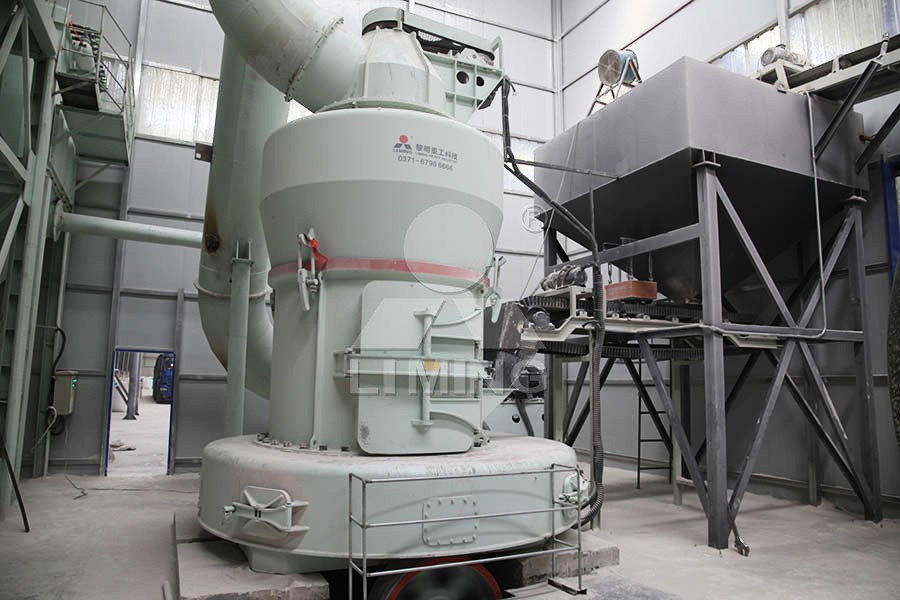The World’s Largest Vertical Roller Mill: A Landmark in Industrial Grinding Technology
We provide a wide range of mills — including Raymond mill, trapezoidal mill, vertical mill, ultrafine mill, and ball mill, obtained ISO9001 international quality certification, EU CE certification, and Customs Union CU-TR certification. Suitable for processing minerals such as limestone, phosphate, quicklime, kaolin, talc, barite, bentonite, calcium carbonate, dolomite, coal, gypsum, clay, carbon black, slag, cement raw materials, cement clinker, and more.
The discharge range of these mills can be adjusted to meet specific processing needs, typically from 80-400 mesh, 600-3250 mesh, and can achieve the finest particle size of up to 6000 mesh(D50).
If you are looking for a reliable grinding solution to turn stone or minerals into fine powder, please feel free to contact our online customer service.
The World’s Largest Vertical Roller Mill: A Landmark in Industrial Grinding Technology
The evolution of industrial grinding has been marked by a relentless pursuit of efficiency, capacity, and precision. At the forefront of this technological revolution stands the vertical roller mill (VRM), a machine that has redefined the parameters of size reduction and mineral processing. The development of the world’s largest vertical roller mills represents a significant landmark, not just in scale, but in the sophisticated engineering required to achieve reliable, high-volume operation.
Engineering at Scale: The Core Challenges
Designing and operating a mill of such immense proportions presents unique engineering hurdles. The primary challenges involve managing tremendous mechanical stresses, ensuring uniform grinding across a massive bed of material, and maintaining precise control over particle size distribution. The drive systems must deliver consistent power to rotating tables measuring several meters in diameter, while classifier technology must efficiently separate vast quantities of fine powder. Advanced automation and robust structural design are paramount to handle the vibrational forces and operational loads, making these mills marvels of modern mechanical and electrical engineering.

Unmatched Efficiency and Environmental Performance
A key advantage of these giant VRMs is their superior energy efficiency. Compared to traditional ball mill circuits, they can reduce specific energy consumption by 30% to 50%. This is achieved through the efficient bed-compaction grinding principle and integrated high-efficiency classifiers that ensure particles are not over-ground. Furthermore, their enclosed design is inherently cleaner, integrating advanced pulse-jet baghouse filters that capture dust and ensure emissions are kept far below stringent international standards. The ability to utilize waste heat from other processes for drying wet feed materials further enhances their eco-friendly credentials, making them a cornerstone of sustainable mineral processing.
Applications Driving Innovation
The demand for these colossal mills is driven by mega-projects in cement production, where grinding raw meal and clinker requires immense throughput, and in the mining sector for processing large volumes of ore. Their ability to handle increasingly hard and abrasive materials while maintaining operational availability is a testament to advancements in wear-resistant materials and mill design. For operations requiring ultra-fine powders, mills like our MW Ultrafine Grinding Mill are the ideal solution. Designed for customers who need to make ultra-fine powder, the MW series is equipped with an efficient pulse dust collector and muffler, reducing dust and noise for minimal environmental impact. It offers higher yielding at lower energy consumption, with adjustable fineness between 325-2500 meshes, making it perfect for materials like limestone, calcite, dolomite, and talc in industries ranging from chemicals to cosmetics.

The Future is Automated and Connected
The latest generation of large-scale VRMs is not just about physical size; it’s about intelligence. They are equipped with sophisticated process control systems that use AI and machine learning to optimize grinding parameters in real-time, predicting maintenance needs and maximizing throughput. This digitalization extends to remote monitoring, allowing experts to diagnose and troubleshoot from anywhere in the world, minimizing downtime and ensuring peak performance. For operations seeking a balance of high capacity and advanced technology, our LUM Ultrafine Vertical Grinding Mill is a premier choice. Independently designed by LIMING, it integrates the latest grinding roller and German powder separating technology. It features more energy-saving multi-head powder separating technology and a unique reversible structure that makes maintenance easier and operation more stable, ideal for producing superfine dry powder of non-metal ores.
A Testament to Industrial Progress
The world’s largest vertical roller mills are more than just big machines; they are symbols of human ingenuity and our ability to harness technology to process the Earth’s resources more efficiently and responsibly. They set new benchmarks for what is possible in grinding technology, pushing the boundaries of capacity, efficiency, and environmental stewardship. As global demand for processed materials continues to grow, these engineering landmarks will play a critical role in building the infrastructure of the future.

